Edit This is a regression in iOS 15 beta. The code works as expected on iOS 14.5:
I have submitted a bug to Apple.
I have a dashboard-style screen in my SwiftUI app, where I am using a LazyVGrid with a single .adaptative column to layout my dashboard widgets, where widgets are laid out in wrapping rows.
It works as I want it to.
However, if a widget happens to be taller than others, I would like other widgets in the same row to grow vertically, so they end up having the same height as the tallest of the row.
This small bit of code illustrates my problem:
struct ContentView: View {
var body: some View {
LazyVGrid(columns: [.init(.adaptive(minimum: 45, maximum: 50), alignment: .top)]) {
VStack {
Spacer()
Text("Hello")
}
.border(.red)
Text("Lorem ipsum")
.border(.blue)
}
.border(.green)
.padding(.horizontal, 100)
}
}
The result is:
I would like the red box (VStack containing Spacer + Hello) to be as tall as the blue box (lorem ipsum).
How could I accomplish that?
Please don't suggest using an HStack, as the above example is only to illustrate my problem with LazyVGrid. I do need to use the grid because I have quite a few children to layout, and the grid works great between phone and iPad form factors (adjusting the number of columns dynamically, exactly as I want it).


